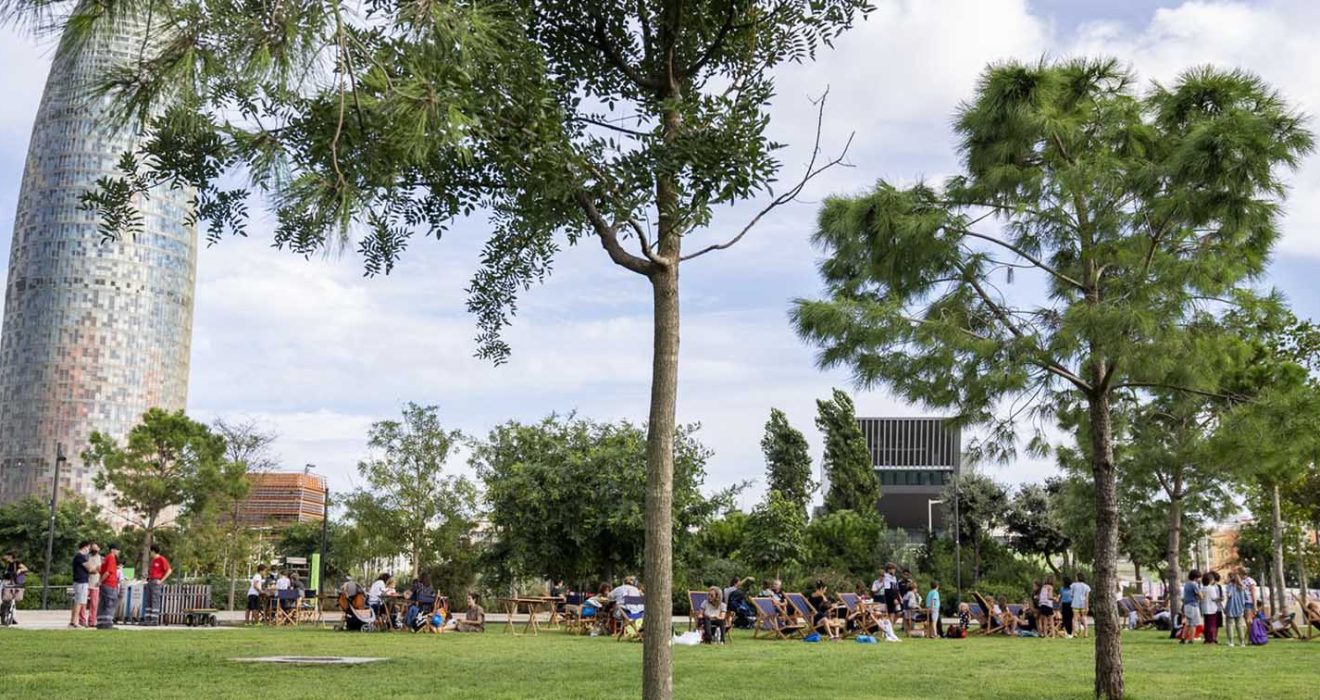In the labyrinth of strategies to combat violent crime, an unexpected ally emerges from the roots of urban blight—green spaces. Beyond the aesthetic transformation, a growing body of evidence from cities like Flint and Philadelphia suggests that converting abandoned lots into community gardens or parks doesn’t just enhance the neighborhood’s appeal; it significantly reduces violent crime. This article delves into the transformative power of greening initiatives, exploring the nuances of their impact on crime rates, community engagement, and the potential for fostering safer neighborhoods. As we navigate through the success stories of Flint and other legacy cities, we unravel the intricate mechanisms behind this unlikely alliance and ponder the implications for future urban planning. Green urban spaces aren’t just about planting trees; it’s about sowing the seeds of safety, community empowerment, and a shared commitment to reclaiming public spaces from the clutches of crime.
From Blight to Safety through Greening
A decade ago, Darnell Ishmel’s street in Flint, Michigan, was marred by waist-high grass on vacant lots, contributing to the city’s notorious reputation for high violent crime rates. In 2012, FBI data reported 2,774 violent crimes in Flint, setting the stage for a transformative initiative. Today, through the Genesee County Land Bank’s Clean & Green program, residents like Ishmel are not only mowing vacant lots but actively participating in greening projects. This shift has not only changed the visual landscape but has significantly contributed to reducing violent crime, providing a beacon of hope for communities grappling with safety concerns.
Reducing Violent Crime through Greening
Researchers studying the effects of greening initiatives in legacy cities consistently highlight a tangible reduction in violent crime. A comprehensive review of 45 papers establishes a strong correlation between the presence of green spaces, including parks and trees, and decreased crime rates in urban areas. The evidence is compelling, with studies from Philadelphia revealing an association between planting grass and trees and a decline in gun assaults. In Flint, streets where vacant lots were maintained through Clean & Green experienced nearly 40 percent fewer assaults and violent crimes, showcasing the transformative impact of greening on community safety.
Understanding the Mechanisms
While the studies indicate a decrease in crime rates, understanding the mechanisms driving this reduction remains a complex puzzle. Marc A. Zimmerman, a professor at the University Of Michigan School Of Public Health, points to the “broken windows” and “busy streets” theories. The “broken windows” theory suggests that neglected spaces signal a lack of community oversight, fostering an environment conducive to illicit activities. Conversely, the “busy streets” theory posits that engaging residents in revitalizing neighborhoods cultivates a sense of community empowerment, dissuading criminal activities. The greenings initiatives not only make people feel better about their surroundings but also convey a message that the community is attentive and cares about its well-being.
A Catalyst for Success in Greening Initiatives
Key to the success of greening programs is the active involvement of youth, not just as participants but as catalysts for change. Research indicates that centering youth voices in these initiatives is essential for long-term impact. In a series of interviews with organizations involved in greening work, participants emphasized the significance of youth engagement. In Flint, for instance, initiatives like Clean & Green involve young people, instilling in them a sense of pride and ownership in transforming their neighborhoods. Beyond reducing crime, these programs provide a platform for young voices to be heard in community discussions, fostering a generational commitment to a safer and greener future.
The Ripple Effect of Greening Initiatives
The positive impact of greening projects extends beyond crime reduction, creating a ripple effect that influences the broader community. Research suggests that neighbors of greened lots start taking better care of their own yards, contributing to an overall improvement in the neighborhood’s appearance. This contagious effect challenges the notion that responsibility for urban blight should solely rest on residents. While communities play a crucial role, acknowledging the historical injustices and racist policies that led to economic decline is pivotal. Engaging those who created these circumstances is essential to undoing systemic issues and fostering truly sustainable change.
The Path Forward
Beyond the immediate reduction in crime, caring for green spaces is linked to improved mental health for those living in proximity. Stress reduction, especially in areas prone to crime, is a potential explanation for the association between micro-neighborhood greening and reduced child maltreatment. Initiatives like Clean & Green go beyond mowing vacant lots; they fund projects that involve planting native species, contributing to both environmental sustainability and mental well-being. As research continues, the importance of simultaneously addressing systemic issues while empowering communities to create and maintain green spaces becomes evident, paving the way for safer, healthier, and more vibrant urban environments.
Conclusion
In the quest for safer, greener communities, the evidence is compelling—greening initiatives are not merely cosmetic transformations; they are potent tools against violent crime. As we witness the tangible impact in cities like Flint, where Clean & Green has become a beacon of hope, it’s clear that the benefits extend beyond aesthetics. The reduction in crime rates, fostered community engagement, and positive mental health outcomes underscore the need to prioritize green spaces in urban planning. This isn’t just about mowing vacant lots or planting trees; it’s about acknowledging historical injustices, involving the community in transformative processes, and creating a ripple effect that transcends generations. By nurturing green spaces, we are not just cultivating flora; we are nurturing the roots of safer, healthier, and more vibrant communities for the future.

